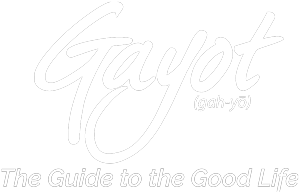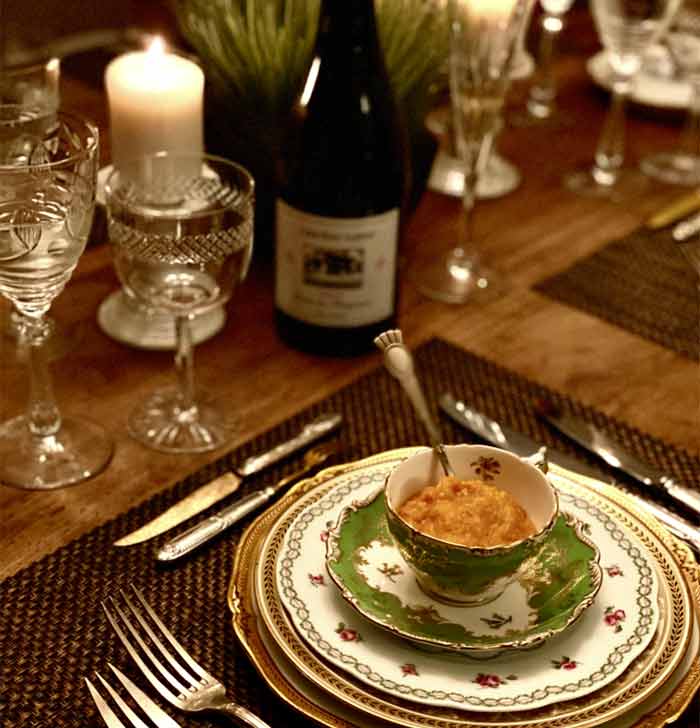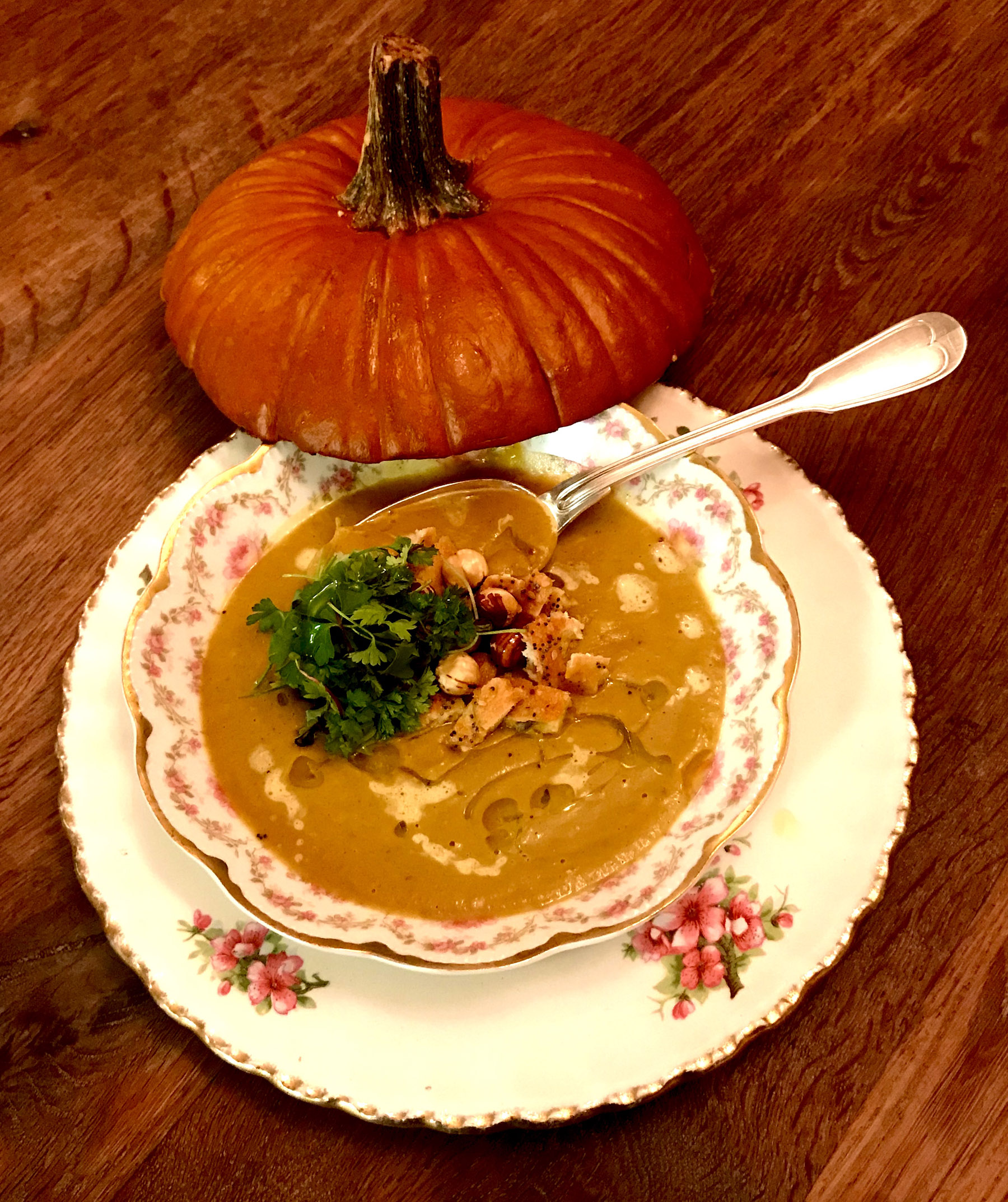Wine of the Week: Nicolas Badel, Saint-Joseph 2018 | Rhône Valley, France
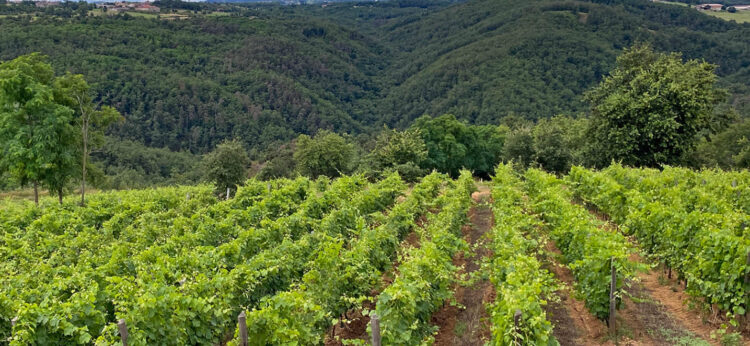
Saint-Joseph | March 14, 2022
> FACTS
The northern vineyards of the Rhône Valley, France, extend from Vienne to Valence, more than 11,280 acres along the Rhône river. This region is characterized by granite soils and very narrow steep hillsides on which the vines have to make do with very little space. Cultivation is therefore done on terraces, lined with low walls which retain the earth (called “chalais“). The northern vineyards are favored by a more temperate climate than in the southern part, with rain allowing the vines not to suffer from drought. The south-east and south-west exposure also gives it very good sunshine. The grape varietal for red wines from this region is Syrah. Specific to the northern part of the Côtes-du-Rhône, it gives a powerful, very colorful wine, often keeps well, evolving towards notes of pepper, spices and leather.
The northern Côtes-du-Rhône vineyards are made up of 8 appellations, some of them prestigious:
– Côte-Rôtie,
– Hermitage,
– Crozes-Hermitage,
– Condrieu,
– Saint-Joseph,
– Château-Grillet,
– Saint-Péray,
– and Cornas.
The Saint-Joseph AOC delimits nearly 80 miles of vineyards on the right bank of the Rhône, in the departments of Loire and Ardèche (northern Rhône Valley), whose production of one million gallons per year extends over an area of 2,640 acres. Formerly called “Vin de Mauves,” it was highly appreciated by the kings of France in the 14th century, and was renamed “Saint-Joseph” in the 18th century by the Jesuits of Tournon. It was Victor Hugo in “Les Misérables” who developed its notoriety in the 19th century and eventually allowed it to be recognized as an appellation in 1956.
The light granitic soils, schists and gneiss, are planted with Syrah grapes for the reds, Marsanne and Roussanne for the whites. The red Saint-Joseph is elegant and fine while developing a certain power. It is characterized by its aromas of blackcurrant and raspberry, then licorice and leather after a few years of ageing. It is often advisable to keep it for ten years to detect all its flavors. The white Saint-Joseph is composed of scents of acacia, honey and apricot that go perfectly with fish and seafood.
> THE WINERY
Nicolas Badel trained as an engineer before deciding that winemaking was where his heart belonged. Nicolas returned to school and studied viticulture, spending many years working in the vineyards of other producers. In 1999, he acquired his vineyards in Saint-Joseph and Condrieu near the town of Limony and began by selling his wine to the local cooperative. It wasn’t until 2010 that he finally started bottling wine under his own name from his own twenty acres, which says a lot about Nicolas. He is not one to rush anything; instead, he is a steadfast perfectionist who prefers to take his time and do things the right way.
The domaine has been certified organic since the very beginning and Nicolas is now in the process of carefully working biodynamics into his vineyards, with the intent of making the finest wines possible from his terroir. His labels feature a reproduction of the Roman coins from 75 B.C. that were found in the Intuition vineyard (along with other artifacts) during planting, evidence of the historic precedence of his vineyards.
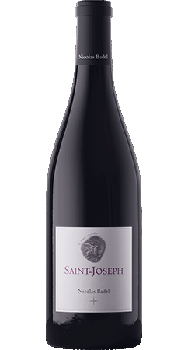
Origin: Rhȏne Valley, France
Varietals: 100% Syrah
Sustainability: certified organic
Suggested retail price: $40.00
ABV: 14.5%
The 2018 vintage was outstanding in the northern Rhône Valley. This Saint-Joseph has a ruby color with a purple rim. The nose unfolds cassis, ripe cherries and black olive with a touch of spice and earthiness. These aromas are copied on the palate with the addition of leathery, ripe tannins and ending with a long, well-balanced finish.
Suggested food pairings: charcuterie, grilled meats and vegetables, beef stew, aged hard cheeses.
> For more information, visit the Badel’s page at De Maison Selections official website.
